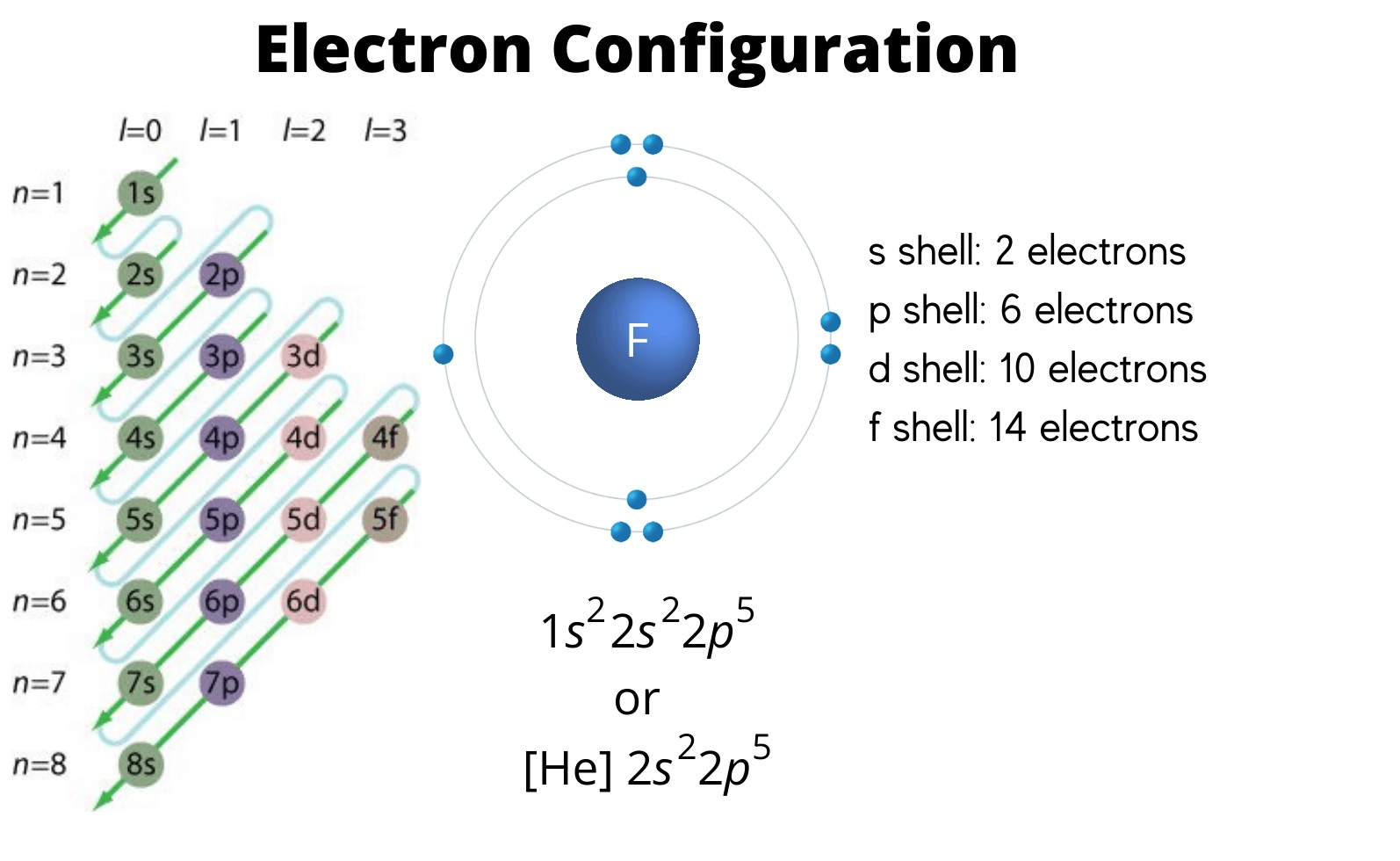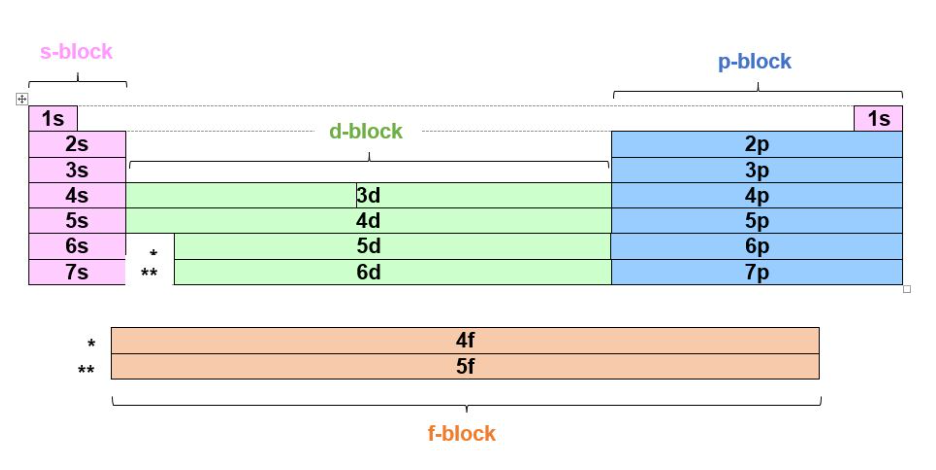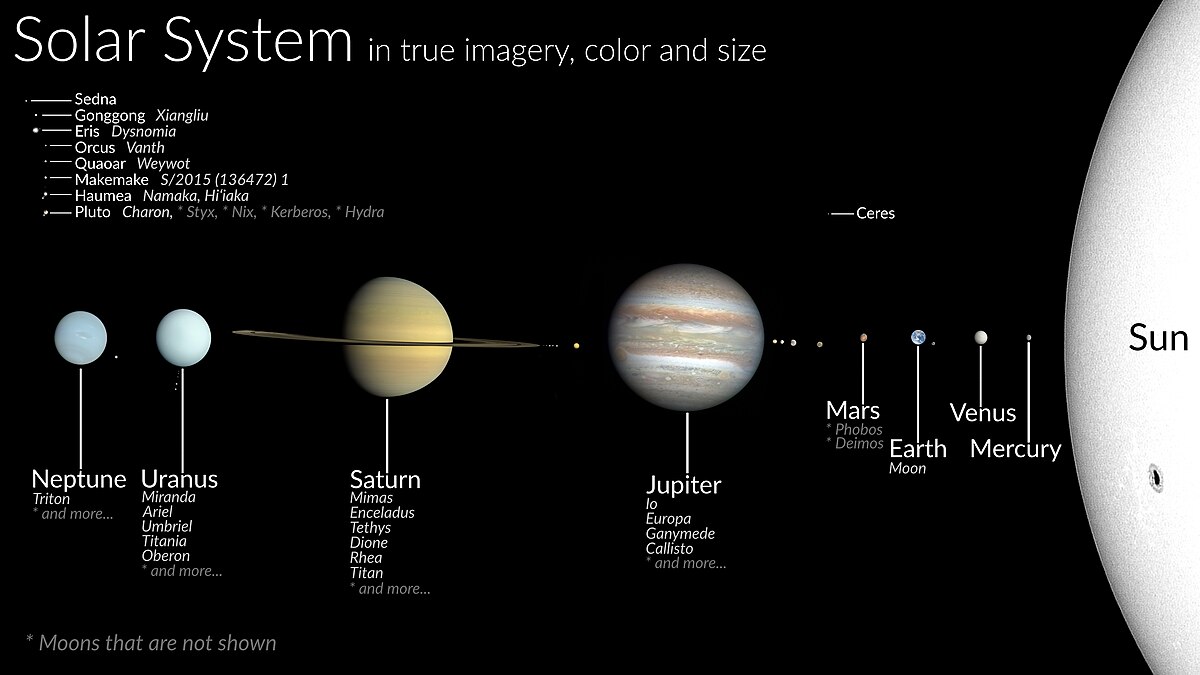Mathematics Yoshio March 11th, 2024 at 8:00 PM 8 0
化學
Chemistry

The periodic table was invented by Russian chemist Dmitri Mendeleev in 1869. He was known as a charismatic teacher and lecturer, and held a series of academic and teaching positions throughout the 1860s. Meanwhile, he continued his research. He kept a collection of cards, each of which contained data on a different element. On 17 February 1869, while arranging his cards in order of atomic weight, he suddenly noticed a repeating pattern, whereby elements with similar properties would appear at regular intervals. He had discovered the phenomenon of periodicity, and it was this discovery that led to the formation of the periodic table we know and use today.

The order of the electron orbital energy levels, starting from least to greatest, is as follows: 1s, 2s, 2p, 3s, 3p, 4s, 3d, 4p, 5s, 4d, 5p, 6s, 4f, 5d, 6p, 7s, 5f, 6d, 7p.











